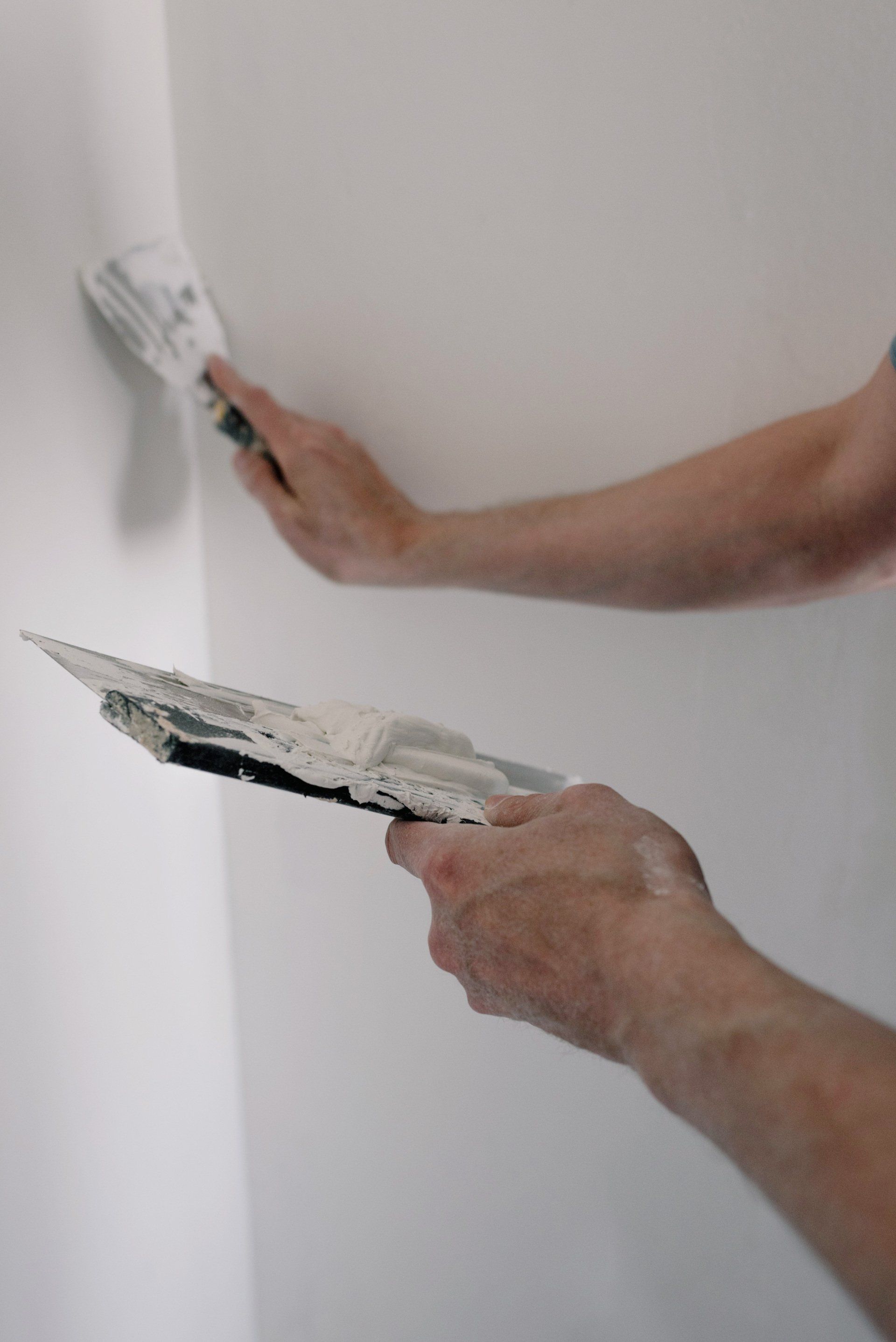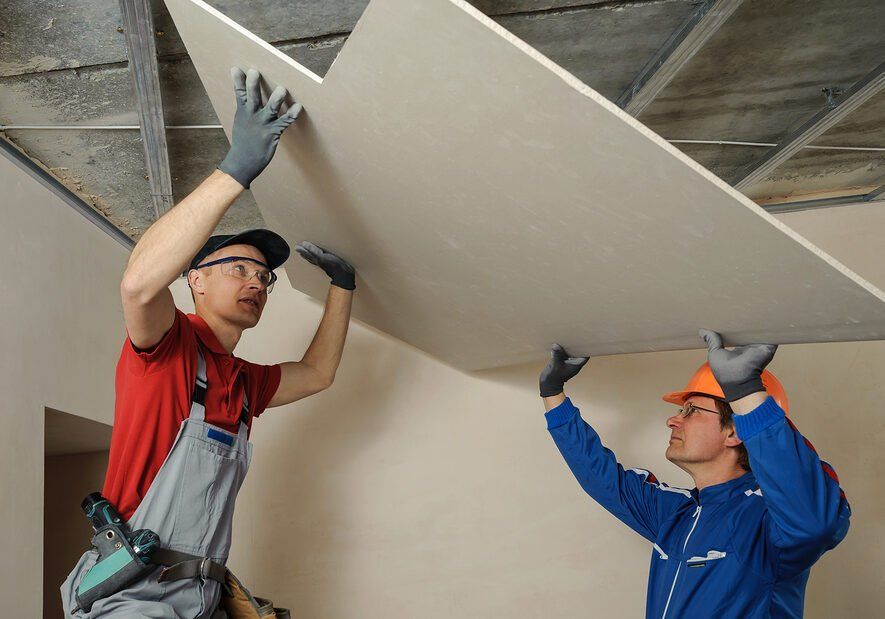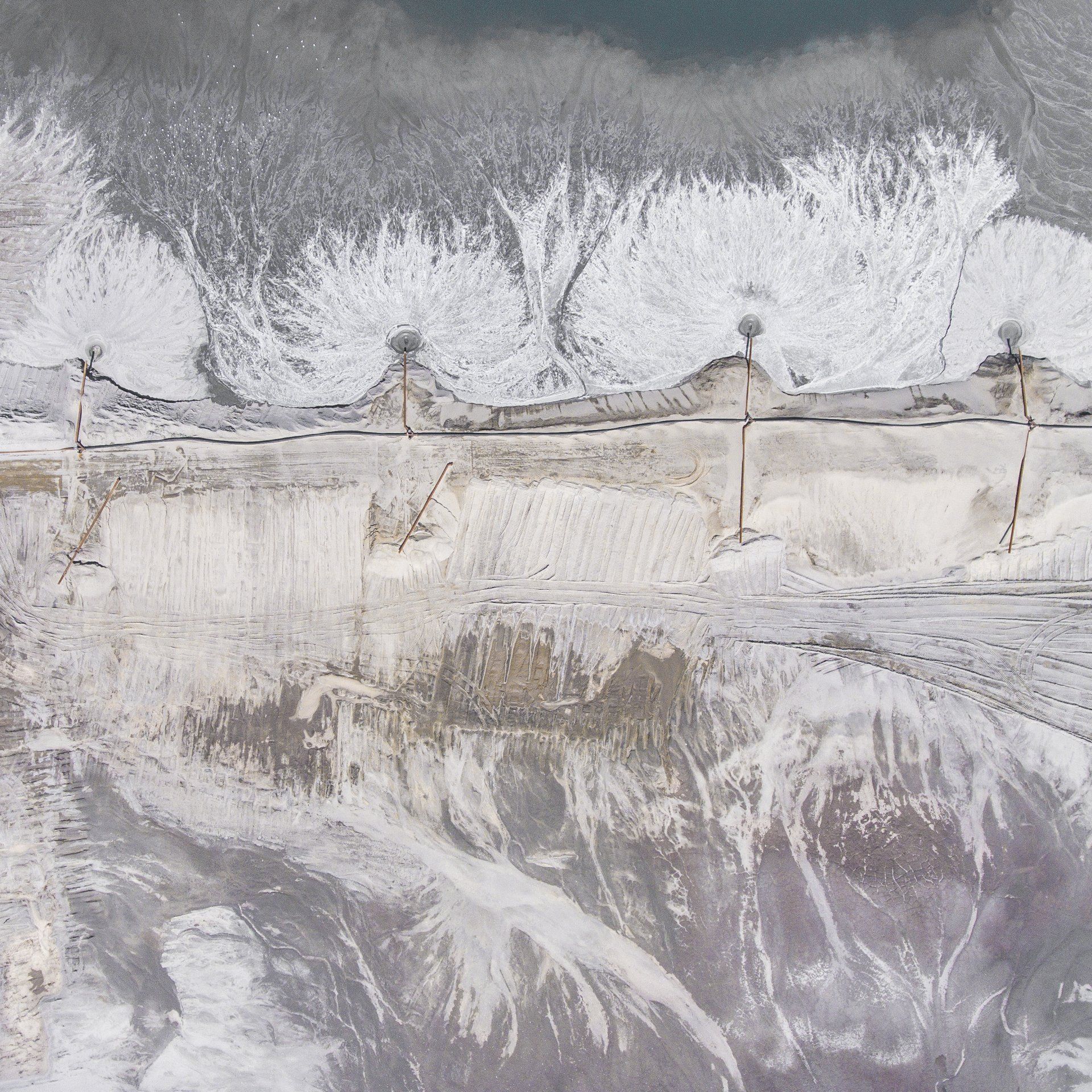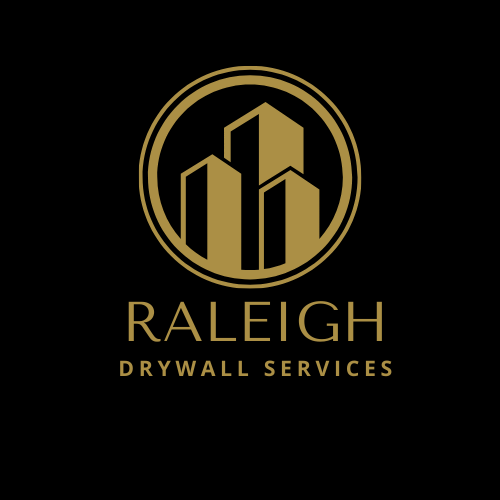Damp Discovery: Navigating Water Damage Repair Secrets
Navigate Through the Maze of Moisture with Our Comprehensive Guide to Water Damage Restoration
Water damage can be a homeowner's worst nightmare, turning a safe haven into a damp, moldy mess. Whether it's a leaky roof, burst pipes, or flooding, water damage requires immediate attention to prevent further destruction and costly repairs. This guide delves into the heart of water damage repair, offering a step-by-step approach to tackle this daunting task. Armed with the right knowledge, you can restore your home to its former glory.

Understanding Water Damage: The Basics
Water damage occurs when excess water starts to infiltrate your home, causing problems such as structural damage, mold growth, and ruined belongings. It can be classified into three categories: clean water (Category 1), gray water (Category 2), and black water (Category 3), with each category posing different levels of risk.
Immediate Steps to Take After Water Damage
Safety First: Turn off the main power if there's significant water inside. Wear protective gear to avoid contamination.
Stop the Source: Identify and stop the water source. Whether it's closing the main water valve or patching a leak, halting the flow is critical.
Document the Damage: Take photos and videos for insurance claims. This documentation is crucial for reimbursement processes.
Water Removal: Use pumps or wet-dry vacuums to remove standing water. The faster you act, the less damage you'll incur.
Drying Out: Employ dehumidifiers and fans to dry out the affected areas. Proper ventilation is key to preventing mold growth.
Clean and Disinfect: Clean all wet items and surfaces with antimicrobial products to prevent mold and mildew.
Deep Dive into Repair and Restoration
Dealing with Mold and Mildew
Mold and mildew are common post-water damage concerns. They not only pose health risks but also cause unpleasant odors and can ruin surfaces. To tackle mold:
- Identify and eliminate moisture sources.
- Clean moldy surfaces with a solution of 1 cup of bleach to 1 gallon of water.
- Consider hiring professionals for extensive mold problems.
Repairing Structural Damage
Water can weaken structural elements like beams and foundations. Inspect these areas for signs of damage and consult with professionals for repairs. Replacing damaged wood, resealing basements, and ensuring proper drainage are all part of the structural repair process.
Restoring Flooring and Walls
Flooring and walls often bear the brunt of water damage. Carpets may need to be removed and replaced, hardwood floors dried and refinished, and drywall cut out and replaced. Always check underneath and behind these surfaces for hidden moisture or mold.
Addressing Electrical and Plumbing Issues
Water damage can wreak havoc on your home's electrical and plumbing systems. Have a licensed electrician check for shorts and other hazards. Inspect plumbing for leaks or damage that could have caused or resulted from the water issue.
Preventative Measures: Keeping Water at Bay
Preventing future water damage is just as important as fixing existing issues. Regular maintenance and vigilance can save you from repeated disasters. Some tips include:
- Regularly inspecting and maintaining your roof, gutters, and downspouts.
- Installing water detection alarms near potential leak sources.
- Keeping your basement waterproofed and your foundation well-drained.
- Knowing how to turn off your home's main water supply in case of emergencies.
Navigating Insurance Claims
Dealing with insurance companies can be challenging. Be sure to:
Review your policy to understand what is and isn't covered.- Report the damage to your insurance company as soon as possible.
- Keep detailed records of all damages and repairs, including receipts.
DIY vs. Professional Help: Making the Right Choice
For minor damages, a DIY approach can be effective. However, significant damage often requires the expertise of professionals. They have the tools and knowledge to safely and efficiently restore your home. When in doubt, it's best to consult with a professional to assess the damage.
Conclusion
Water damage can be a distressing event, but with the right approach, it's manageable. By understanding the types of water damage, taking immediate action to mitigate its effects, and following through with thorough cleaning, repair, and prevention strategies, you can protect your home and belongings from further harm. Remember, the key to successful water damage repair lies in prompt action and informed decisions.










